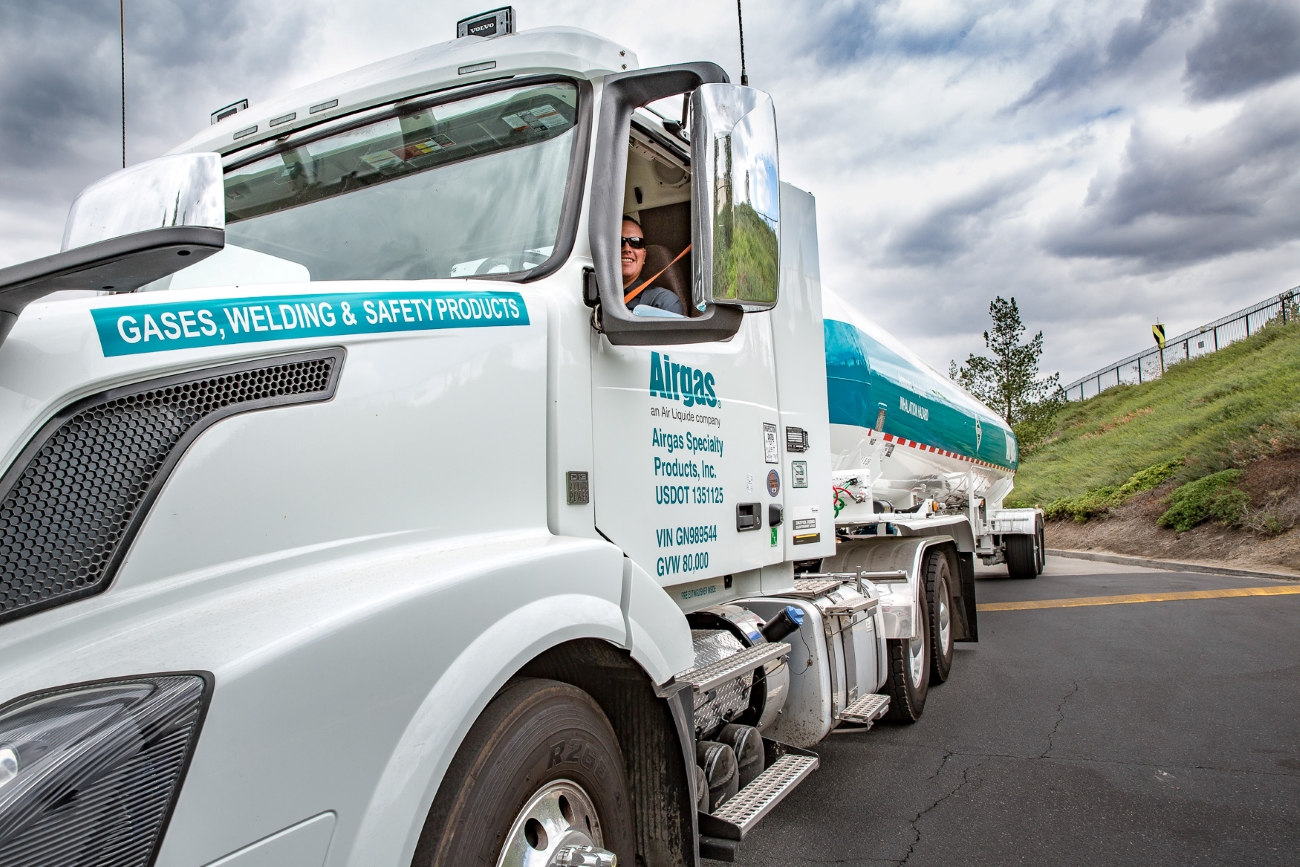All About Industrial Ammonia
The Powerhouse Chemical
Ammonia is all around us.
From household cleaning products to fertilizer, we use ammonia in more products than almost any other ingredient. It is colorless, with a distinct odor. Much like hydrogen, ammonia releases no carbon dioxide when burned (which presents a number of intriguing possibilities for green power).
Ammonia: Both Natural and Man-Made
So what is ammonia?
This chemical compound is made of three hydrogen molecules and one nitrogen molecule. In its purest form (anhydrous ammonia), it absorbs moisture as a hygroscopic compound. Mixed with water, it forms the liquid ammonium hydroxide. It can also occur in a gas, which turns to a clear liquid when compressed.
Ammonia is created in the natural world in a variety of places, including:
- Soil: Ammonia occurs naturally in soil as a byproduct of decomposition, or as the result of bacterial production. A small amount of it is the result of lightning strikes.
- Water: Ammonia often appears naturally in water due to the life processes (and decay after death) of plants and animals living in it. High amounts of ammonia often indicate fecal pollution.
- Plants: Ammonia appears during the nitrogen cycle in plants, as a product of nitrogen conversion.
- Air: Ammonia gas appears in the air naturally as a result of agricultural processes.
- Animals and People: The digestive system breaks down food proteins into amino acids and ammonia. The ammonia is later converted into urea, the primary nitrogenous product of protein metabolism. Urea is eventually flushed out of the body via urine.
Ammonia can be created in a lab as well, through a method called The Harber Bosch Process, which uses hydrogen and nitrogen conversion.
The Powerhouse Chemical
The discovery of The Harber-Bosch method was historically critical in order to make ammonia fertilizer accessible worldwide. This meant that food producers had enough fertilizer to keep pace with the growing planetary population and support the population boom during the agricultural revolution. It’s estimated that now about half of the world’s food production relies on ammonia fertilizer — in essence, without ammonia, around half of the world’s population would go hungry.
In 2018, it was estimated that ammonia production plants made 175 million metric tons of ammonia worth about $60 billion (75% to 90% of which went to fertilizer).
In addition to the agricultural industry, ammonia is also used for:
- Pharmaceuticals
- Refrigerants
- Air conditioners
- Rubber production
- Household cleaners
- Purification of water
- Manufacture of plastics
- Textiles
- Pesticides
- Explosives
- Dyes
Ammonia on the Frontier of Green Power
As we mentioned earlier, ammonia is already critical to the realm of agriculture and food production. But there are also high hopes that it can also be used to create a renewable source of power.
Ammonia is a powerhouse candidate for use in green energy. It’s easily shipped and stored, and it can be converted back to its base components of hydrogen and nitrogen without a lot of complication. And it burns without emitting carbon dioxide.
Chemist Douglas MacFarlane of Melbourne, Australia’s Monash University told Science Magazine: “liquid ammonia is liquid power.” McFarlane has been heading some of the most promising research into green ammonia power as of late.
Creators all over the world are searching for a method of utilizing this power: in 2018, Australia launched a $20 million (AU) green energy fund to support these renewable energies. In 2017, the European Union gave international consortium ShipFC $11 million (US) to install the first-ever ammonia-power cell on a vessel.
There is a catch, though — production.
The world’s ammonia plants aren’t struggling to make enough ammonia. Somewhat the opposite — the 02 emissions of current production methods could negate any positives in using mass quantities of ammonia as a clean fuel.
There’s a high demand for a new, innovative method of clean ammonia production. If scientists were able to make this technological leap, ammonia could revolutionize the fuel and power industry the same way it revolutionized the agriculture industry.
There’s hope in a few areas — both hydropower and electric synthesis are being examined.
The best hope may be MacFarlane’s project. He’s currently developed a model fuel cell, no wider than a coffee mug. The device takes in nitrogen and water, then exposes them to an electrical current. The result is ammonia created in a completely clean method.
As MacFarlane told Science Magazine: “it’s like breathing in nitrogen and breathing out ammonia.”
When You Need the Right Chemicals, Turn to the Experts
There’s no one who understands the importance and necessity of hydrogen chloride quite like we do.
It’s vital to so many different fields, each one of which is essential to our everyday lives.
You need to be able to trust your hydrogen chloride supply, and you need to be able to trust your delivery service just as much.
Here at Airgas Specialty Products, we are confident that our team can meet your company’s needs and will surpass all of your service needs and expectations.
Request a Quote
Request a quote today. Let’s start by showing you how we are able to revolutionize the supply and service of all your industrial ammonia needs.

